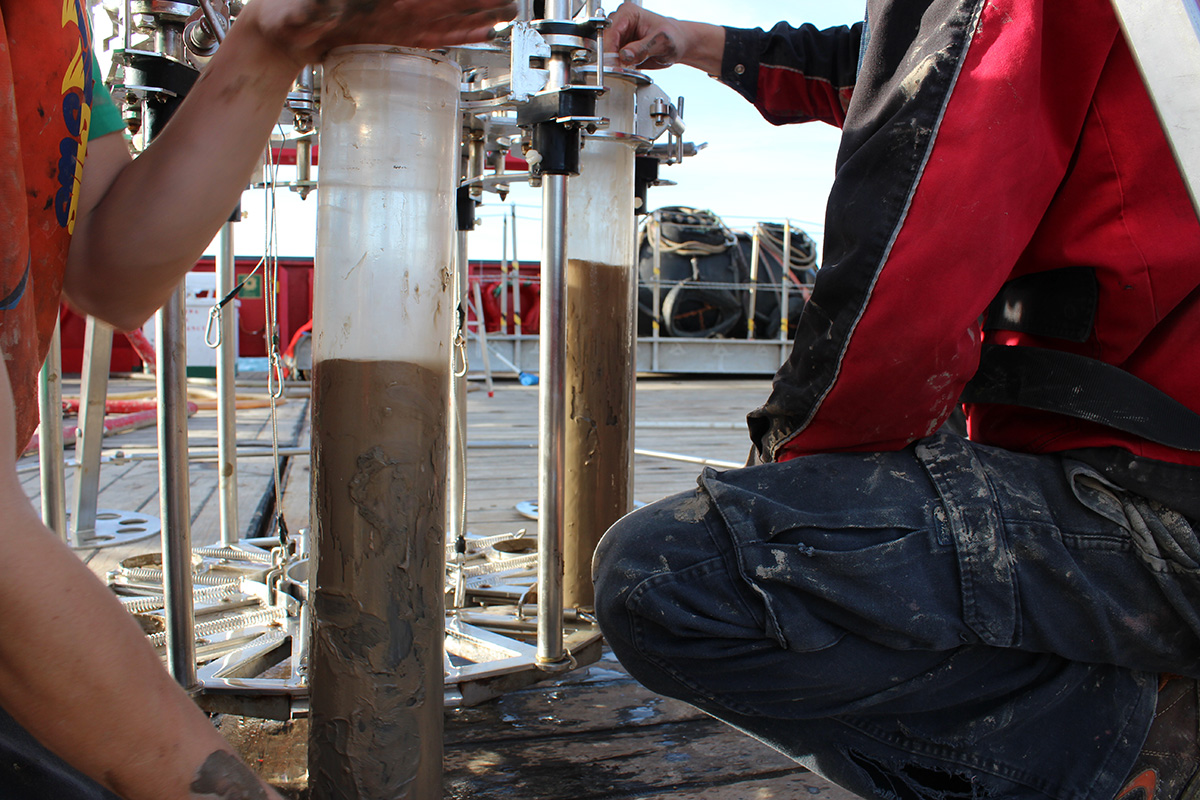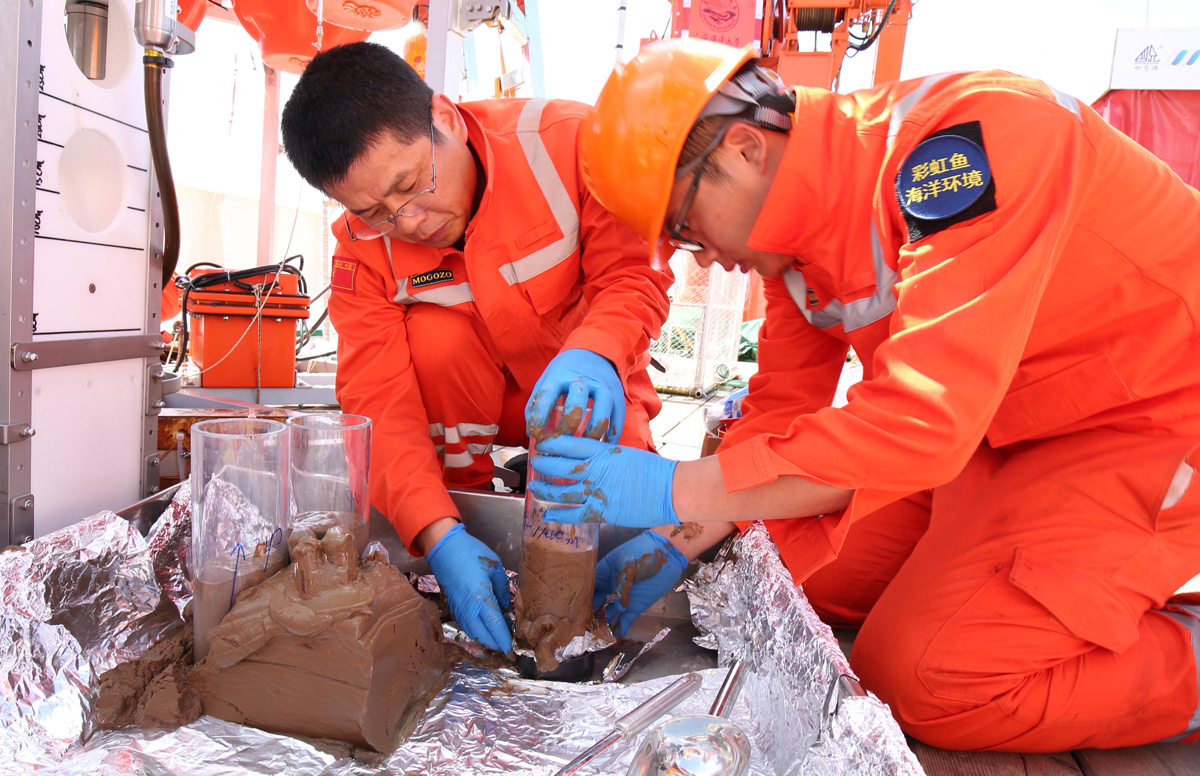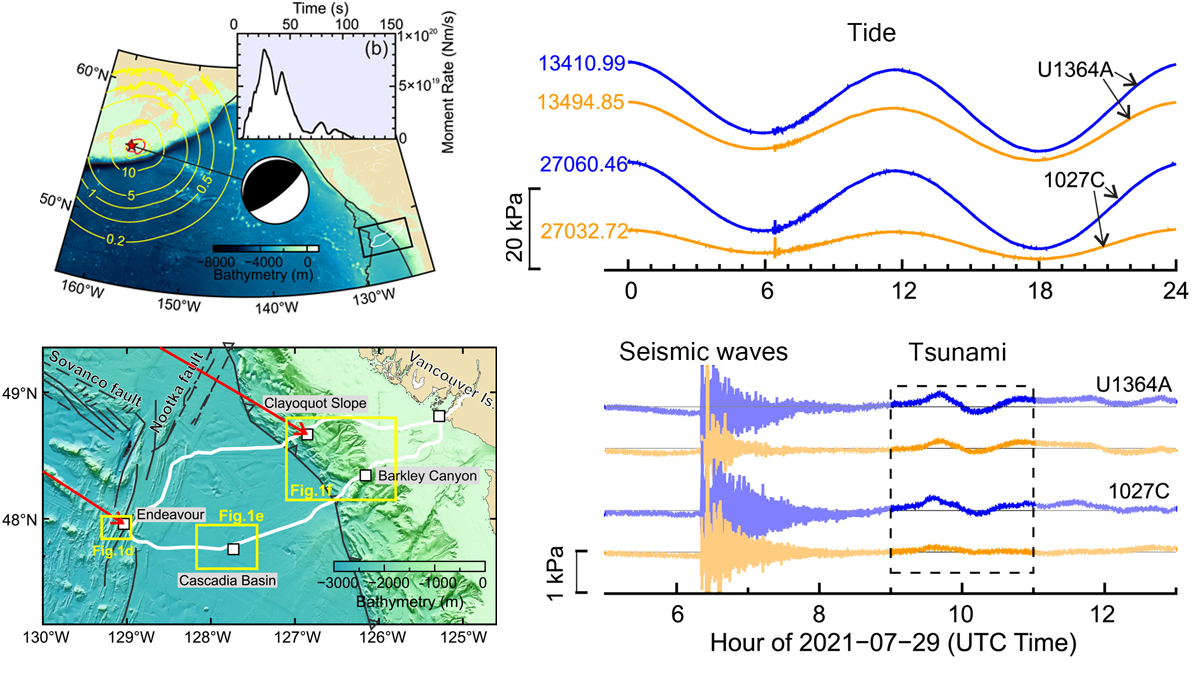The amount of microplastics at the bottom of the Mediterranean is growing as global production increases and plastic breakdown is halted.
seafloor
Making Underwater Cables SMART with Sensors
Future cables that stretch across the ocean, transmitting cat videos and financial transactions, could also contain temperature, pressure, and seismic sensors that would allow scientists to spy on the seafloor.
In the Deepest Ocean Reaches, a Potent Pollutant Comes to Rest
Surprising amounts of mercury settling into deep-sea trenches may provide a fuller picture of the metal’s path through the environment, but pulling it to the surface is no easy feat.
The Bottom of the Arctic Is Blooming
Researchers found phytoplankton hidden on the Arctic seafloor, hinting at a cascade of effects on the local ecology and carbon cycle.
Under Pressure: Recording Earthquakes at and Below the Seafloor
Cabled ocean-floor observatories record ground shaking and pressure variations, which contribute to early warning systems and give us a unique view of the ocean–crust coupling.
Can Anelastic Attenuation of Oceanic Mantle be Reliably Measured?
A new study demonstrates that robust anelastic attenuation measurements can be made across ocean bottom seismic arrays at different locations using surface wave array analysis.
A Mysterious Dome Reveals Clues to Australia’s Miocene History
The Nullarbor Plain has been relatively untouched by geological forces, leaving traces of the continent’s deep past.
Seafloor Reveals a Period of Rapid Retreat for Thwaites Glacier
New high-resolution seafloor imagery shows a series of delicate ridges produced by the glacier’s front as it bobbed daily with the tides, revealing a recent period of rapid retreat.New high-resolution seafloor imagery shows a series of delicate ridges produced by the glacier’s front as it bobbed daily with the tides, revealing a recent period of rapid retreat.
A Really Big (Global) Splash at Chicxulub
What caused a tsunami 30,000 times more powerful than the December 26, 2004 Indian Ocean tsunami? A new modeling study says this was one of the results from the Cretaceous Chicxulub asteroid impact.
Melting Below the Pine Island Ice Shelf Minds the Gap
New research shows that increased calving from West Antarctica’s Pine Island Ice Shelf will likely drive increased circulation of warm water—and melting—below the ice.










